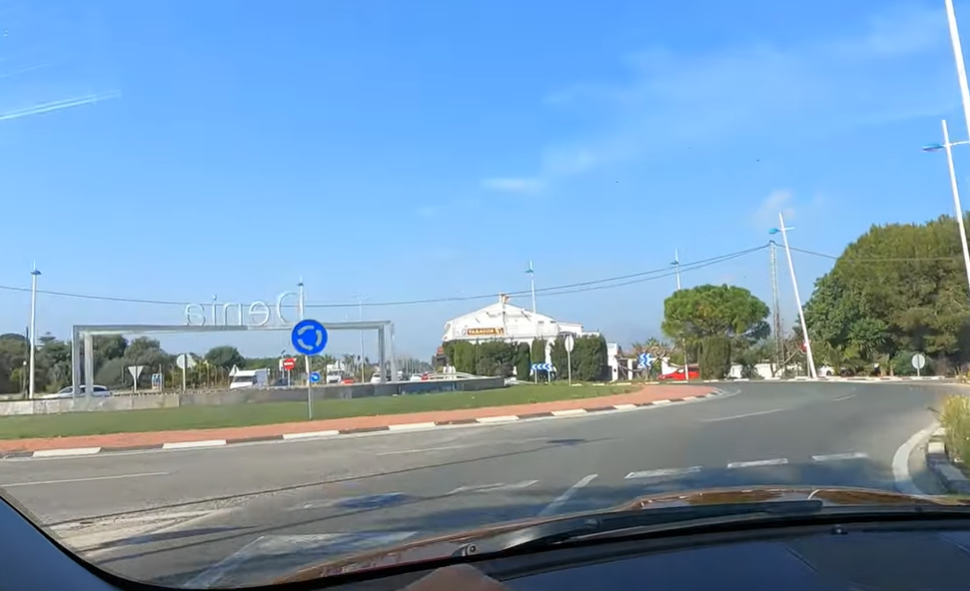There’s something absolutely magical about descending into the crystalline Atlantic waters surrounding Gran Canaria, where volcanic formations create an underwater playground that rivals any Mediterranean hotspot. Scuba diving in Gran Canaria offers an extraordinary blend of dramatic topography, vibrant marine life, and year-round diving conditions that make this Canary Island a true gem for underwater enthusiasts.
Having explored these waters countless times over the past decade, I can confidently say that Gran Canaria punches well above its weight in the diving world. The island’s unique position off the African coast, combined with its volcanic origins, creates a diverse underwater landscape that caters to everyone from nervous beginners taking their first tentative breaths underwater to seasoned technical divers seeking their next adrenaline rush.
When to Visit: Year-Round Diving Paradise
Here’s the brilliant thing about Gran Canaria – there’s genuinely no bad time to visit. The island enjoys a subtropical climate that locals proudly call “eternal spring,” and the ocean temperature rarely dips below 18°C even in the depths of winter. However, each season brings its own unique underwater character.
Spring (March to May) is absolutely sublime for diving. Water temperatures hover around 19-21°C, visibility often exceeds 30 metres, and you’ll encounter fewer crowds both above and below the surface. This is prime time for underwater photography, as the Atlantic light penetrates the water with stunning clarity.
Summer (June to September) sees water temperatures climb to a delightful 23-25°C, perfect for those longer, more relaxed dives. Visibility can be slightly reduced due to increased plankton activity, but this actually brings more marine life to the shallower sites. The trade-off is busier dive sites and higher accommodation prices.
Autumn (October to November) might just be the sweet spot. Water temperatures remain pleasantly warm at 22-24°C, the summer crowds have dispersed, and you’ll often have dive sites to yourself. The Atlantic storms that occasionally roll through can actually improve underwater visibility by stirring up nutrients.
Winter (December to February) requires a thicker wetsuit (5mm minimum), but rewards hardy divers with exceptional visibility and the chance to spot larger pelagic species. Angel sharks, rays, and even the occasional whale shark have been recorded during these months.

Premier Dive Sites: Where Adventure Awaits
Gran Canaria’s coastline offers over 50 established dive sites, each with its own personality and marine ecosystem. The volcanic nature of the island has created underwater cathedrals, swim-throughs, and drop-offs that would make any underwater photographer weep with joy.
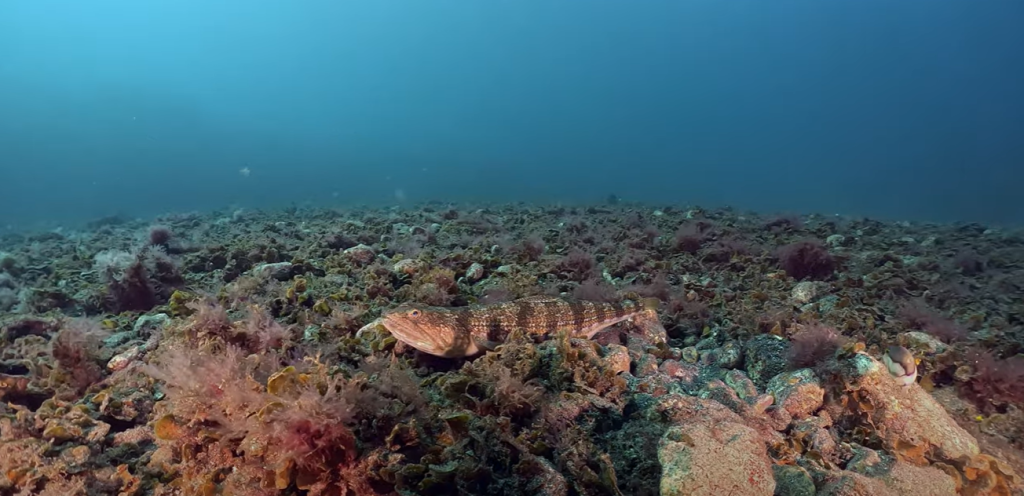
El Cabrón stands as the island’s crown jewel – a marine reserve on the eastern coast where fishing has been prohibited for decades. The result? An underwater Eden teeming with life. Schools of barracuda create silvery tornadoes, whilst curious angelfish and parrotfish patrol the volcanic reef. The site offers multiple dive profiles, from shallow 12-metre gardens perfect for novices to dramatic 40-metre walls for the more experienced.

Roque Nublo Underwater (not to be confused with the famous land formation) presents a completely different diving experience. This site features dramatic volcanic pinnacles rising from sandy bottoms, creating natural amphitheatres where groupers, moray eels, and octopi make their homes. The interplay of light and shadow here is simply spectacular.
Las Palmas Wreck Circuit offers history buffs the chance to explore several deliberately sunk vessels, including the 30-metre cargo ship Arona and the smaller patrol boat Kalais. These artificial reefs have become havens for marine life, with trumpet fish, damselfish, and various ray species now calling them home.
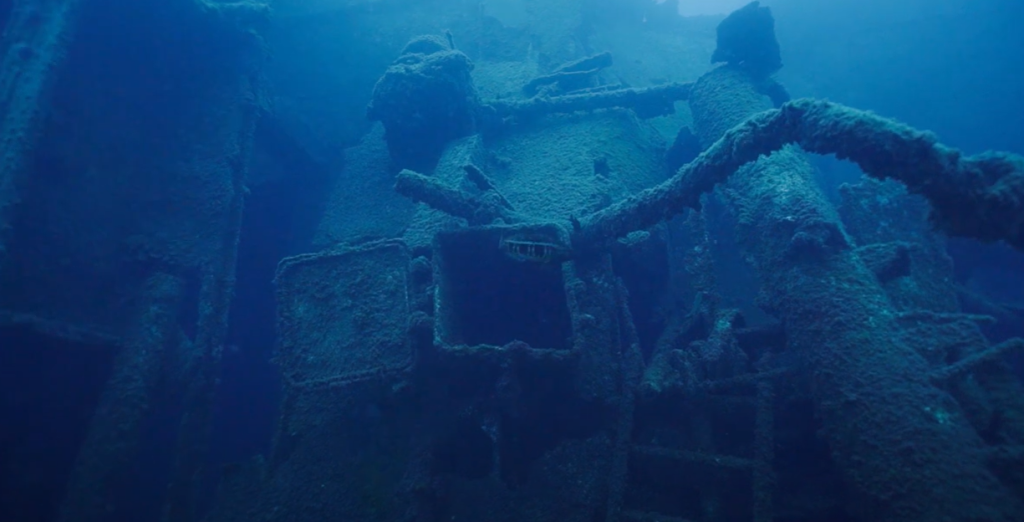
The Atlantis dive site in Gran Canaria is an artificial reef park located off the coast of Puerto de Mogán, designed to resemble a submerged ancient city with eco-friendly structures. This unique underwater park is primarily explored via a 100% electric submarine, offering a safe and accessible way to view the thriving marine ecosystem and artificial ruins at depths of around 20-25 meters.

It’s a marine conservation and tourism project that recreates the legend of Atlantis, making it a distinct experience from natural dive sites.
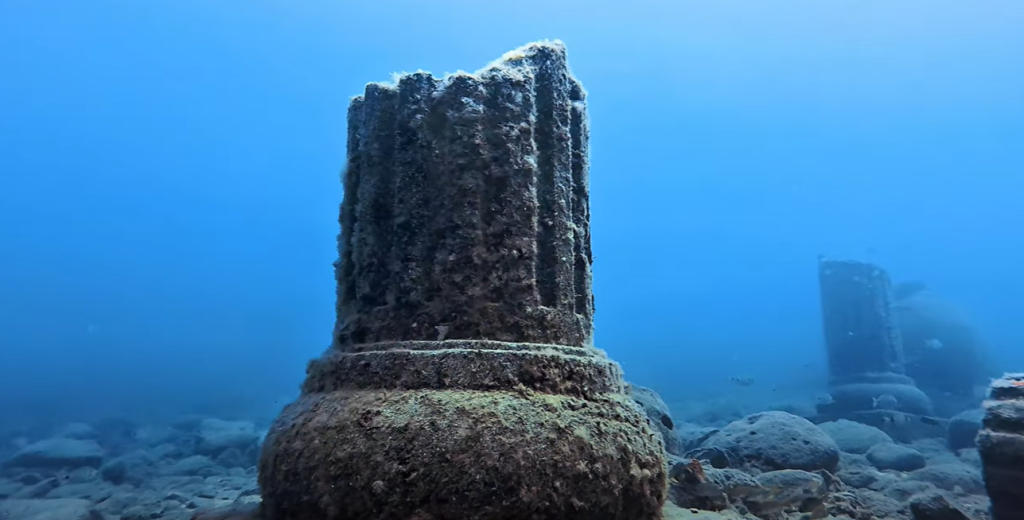
For the more adventurous, Sardina del Norte on the northwestern coast provides some of the island’s most challenging and rewarding diving. Strong Atlantic swells can make entry tricky, but those who make the effort are rewarded with pristine reefs, larger pelagic species, and visibility that can exceed 40 metres on a good day.
Getting There: Your Journey to Paradise
Reaching Gran Canaria couldn’t be more straightforward from the UK. Las Palmas Airport (LPA) serves as the island’s main gateway, with direct flights available from most major British airports. Flight times typically range from 4-4.5 hours, making it perfect for a long weekend diving trip or extended holiday.
Budget carriers like Ryanair and easyJet offer competitive prices, particularly during shoulder seasons, whilst flag carriers provide more comfort for those willing to pay extra. I’ve found Tuesday and Wednesday departures often offer the best value, and booking 6-8 weeks in advance typically secures the most favourable rates.
Once you’ve landed, the airport sits just 20 kilometres south of Las Palmas city centre. Rental cars are abundant and offer the most flexibility for accessing various dive sites around the island. However, many dive centres offer pickup services, particularly for multi-day packages.
Ferry connections from mainland Spain provide an alternative route, though the 36-hour journey from Cádiz appeals mainly to those with time to spare or a fear of flying. The overnight ferries are surprisingly comfortable and offer a gentle introduction to island life.
Dive Centres and Operators
Gran Canaria boasts numerous PADI and SSI certified dive centres, many operated by expat Europeans who understand exactly what British divers seek. Canary Diving Adventures in Puerto Rico has earned an excellent reputation for small group sizes and personalised service, whilst Deep Blue Diving in Las Palmas specialises in technical diving and wreck exploration.
Most centres offer equipment rental (though I always recommend bringing your own mask and fins), certification courses, and guided dives. Prices are generally reasonable, with two-tank morning dives typically costing €45-65 depending on the operator and sites visited.
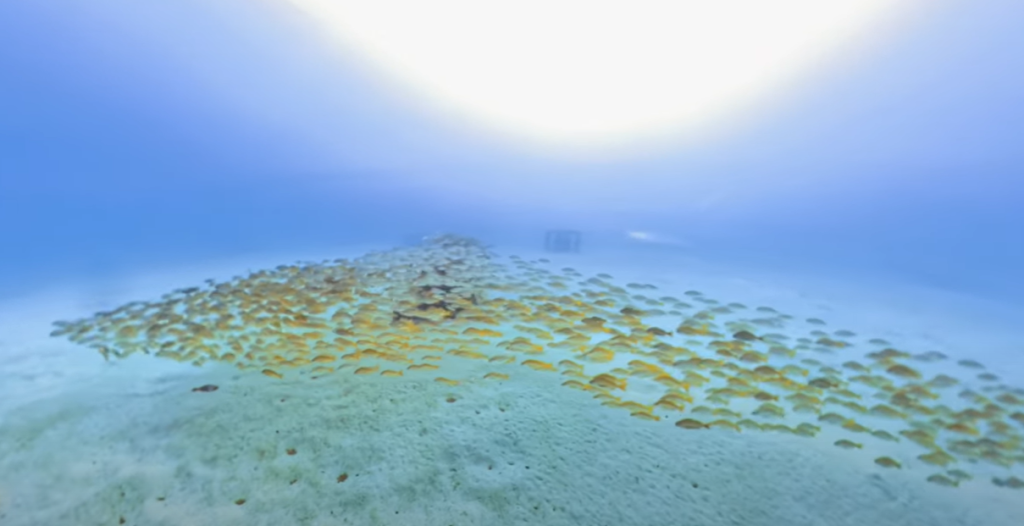
Beyond the Bubbles: Exploring Gran Canaria
When you’re not underwater, Gran Canaria offers remarkable diversity for such a compact island. Las Palmas deserves at least a full day’s exploration – its historic Vegueta quarter, bustling Las Canteras beach, and vibrant tapas scene provide perfect surface intervals between diving days.
The island’s interior reveals dramatic landscapes that rival any National Geographic documentary. Roque Nublo, the island’s iconic volcanic plug, offers hiking trails with panoramic views across the Atlantic. The journey through Tejeda and the Caldera de Bandama provides Instagram-worthy moments at every turn.
Puerto de Mogán, often called “Little Venice” for its network of canals and bridges, makes an ideal base for southern dive sites. The weekly market here is legendary amongst locals and tourists alike, offering everything from local crafts to questionable timeshare presentations.
For those seeking cultural immersion, the Casa de Colón in Las Palmas provides fascinating insights into the island’s role in Columbus’s voyages, whilst the Cueva Pintada archaeological site offers glimpses into pre-Spanish Canarian civilisation.
Practical Diving Tips
Water temperatures range from 18-25°C throughout the year, making a 5mm wetsuit essential for winter diving and comfortable for summer exploration. Visibility typically ranges from 15-30 metres, though exceptional days can offer 40+ metres of crystal-clear water.
The island’s volcanic nature means many sites feature dramatic topography with swim-throughs, caves, and drop-offs. Buoyancy control becomes crucial, particularly around the more delicate coral formations and when navigating the island’s famous lava tubes.

Current can be a factor at exposed sites, particularly during winter months when Atlantic swells are more prevalent. Always dive with reputable operators who understand local conditions and maintain strict safety protocols.
Final Thoughts On Scuba Diving In Gran Canaria
Gran Canaria represents diving at its most accessible and rewarding. Whether you’re seeking your first underwater adventure or your thousandth, these Atlantic waters offer experiences that will leave you planning your return before you’ve even dried your wetsuit. The combination of excellent diving conditions, rich marine life, and the island’s surface attractions creates the perfect recipe for an unforgettable diving holiday.
With direct flights from the UK, year-round diving conditions, and an infrastructure built around welcoming international visitors, Gran Canaria removes every excuse for postponing that diving trip you’ve been dreaming about. The question isn’t whether you should dive Gran Canaria – it’s why you haven’t booked your trip already.
There are plenty of beaches to chill out on as well as snorkelling and surfing spots too, if you prefer.

